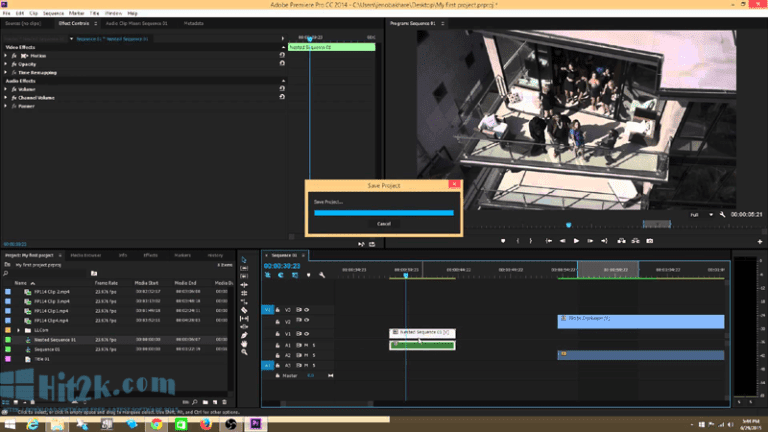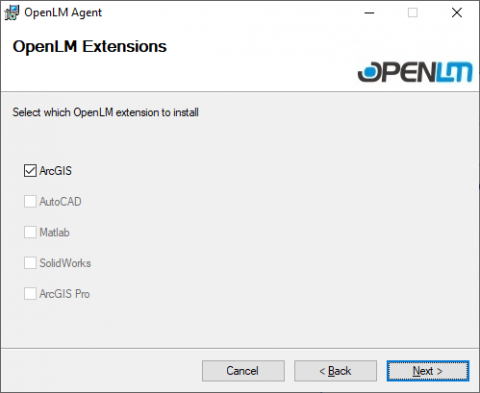


Additionally, the ns-3 Google groups is very active, you can ask questions (advise: think and express carefully your problem, make sure you have correctly searched related threads/posts previously exchanged on the group before duplicating a question or asking an obvious or ill-analysed question, etc.).As you may know, Wine Staging is a special version of Wine that provides support for projects like Pipelight. The ns-3 tarball, which is continuously updated (~ 3-4 releases per year), comes with AODV and DSR among other MANET routing protocols, many examples are provided to understand the basics of the use of each class/method/attribute/module. The Doxygen-based reference documentation for each class/method on the official site is also useful. for some propagation models) but it is regularly extended. Some sections are still blank (especially in the lib documentation, eg. So, no book indeed, but those are close to a commercial book. All three documents can be fetched in nicely formatted PDF, among other formats.

As you see from your research, the Ubuntu operating system uses a monolithic kernel, offering vastly more components and functions than would be needed for something like an IoT application.įor your latest question Basant, regarding ns-3, you'll find on the official site ( ) the documentation (essentially a tutorial to begin with, a manual to continue learning, a library documentation to dig deeper. These are likely to be far more manageable in size, since they are designed to utilise the very small sized physical components utilised in IoT situations. You might also want to have a look at the new Ubuntu Microkernel and Nanokernel designed for the internet of things.

For starters, there is a short Ubuntu article on how to build your own Kernel, and I provide the link for that below. If you are planning on doing this as a learning experience, to gain a better understanding of how an operating system works, then that is certainly something you could look to achieve. If you are looking to build a commercial operating system, you should be clear that this will not be a small undertaking, requiring many man-years of hard work to complete. However, you should first be very clear about why you want to develop a new operating system, and you should be aware of the enormous amount of work that will need to be undertaken to achieve this goal. Creating a new operating system is certainly a very do-able proposition.


 0 kommentar(er)
0 kommentar(er)
